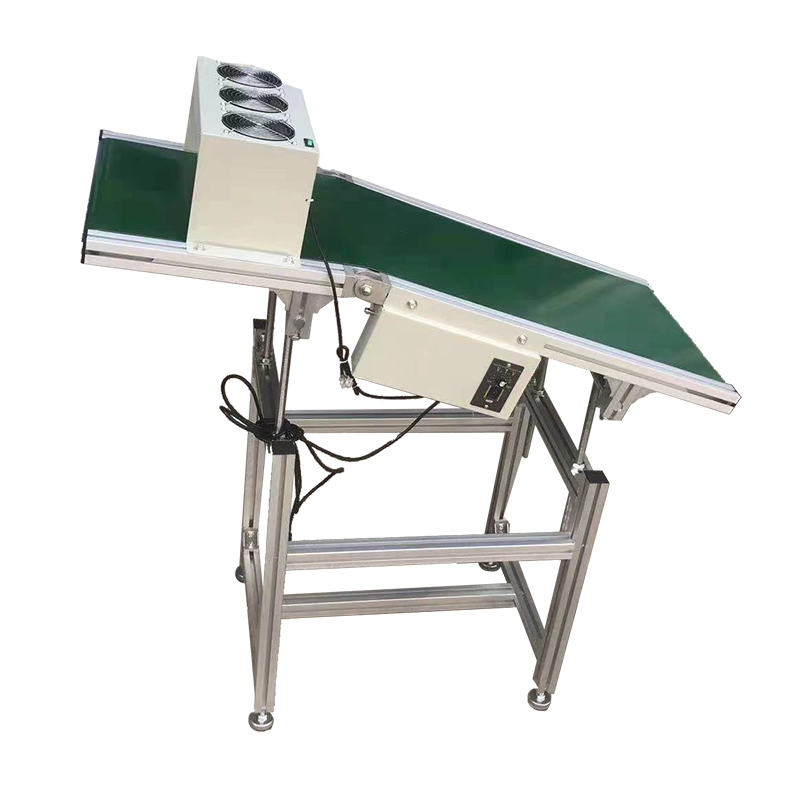이메일 형식 오류
emailCannotEmpty
emailDoesExist
pwdLetterLimtTip
inconsistentPwd
pwdLetterLimtTip
inconsistentPwd


Mastering Efficiency with Wholesale Selective Wave Soldering: A Complete Guide
In the fast-paced world of electronics manufacturing, efficiency is the name of the game. With the increasing demand for high-quality electronic devices, traditional soldering methods may struggle to keep up. However, wholesale selective wave soldering offers a solution to this challenge, revolutionizing the way electronic components are soldered onto printed circuit boards (PCBs). In this comprehensive guide, we'll delve into the intricacies of wholesale selective wave soldering, exploring its benefits, implementation strategies, and best practices to help you maximize efficiency and productivity in your manufacturing processes.
Understanding Wholesale Selective Wave Soldering
Wholesale selective wave soldering is a cutting-edge technique that allows manufacturers to solder multiple components onto PCBs simultaneously, significantly streamlining the production process. Unlike traditional wave soldering, which involves immersing the entire PCB in molten solder, selective wave soldering targets specific areas, enabling precise solder application while minimizing waste.
Understanding the Technology
The selective wave soldering relies on a combination of precision equipment and advanced control systems to achieve efficient and precise soldering of electronic components onto PCBs. Unlike traditional wave soldering, which involves submerging the entire PCB in a bath of molten solder, selective wave soldering targets specific areas or components on the board for solder application.
Nozzle Design and Functionality
Central to the success are the soldering nozzles. These nozzles come in various shapes and sizes to accommodate different component configurations and soldering requirements. Each nozzle is equipped with intricate mechanisms that regulate solder flow and distribution, ensuring precise application without excessive solder wastage.
Advanced Control Systems
The selective wave soldering machines are equipped with sophisticated control systems that monitor and adjust various parameters in real-time to optimize soldering performance. Temperature sensors, conveyor speed controllers, and solder flow regulators work together to maintain consistent soldering conditions and prevent defects such as cold joints or solder bridges.
Implementing Wholesale Selective Wave Soldering
1. Equipment Selection
Choosing the right equipment is crucial for successful implementation. Manufacturers should invest in machines from reputable suppliers that offer advanced features such as programmable nozzle positioning, nitrogen inerting capability, and automatic flux application. Additionally, considering the compatibility of the equipment with existing manufacturing processes and infrastructure is essential for seamless integration.
2. Process Optimization
Fine-tuning process parameters is key to achieving optimal soldering results. Manufacturers should experiment with different solder alloys, flux formulations, and nozzle configurations to identify the most suitable combination for their specific application. Additionally, conducting regular maintenance and calibration checks ensures that equipment operates at peak performance levels, minimizing downtime and ensuring consistent quality.
3. Training and Skill Development
Training operators to effectively utilize the selective wave soldering equipment is critical for maximizing efficiency and minimizing errors. Comprehensive training programs should cover machine operation, maintenance procedures, troubleshooting techniques, and safety protocols. Additionally, providing opportunities for skill development and certification can enhance operator competency and confidence, leading to smoother production workflows and higher-quality output.
Best Practices for Success
1. Collaborative Design Approach
Close collaboration between PCB designers and manufacturing engineers is essential for designing boards that are optimized for selective wave soldering. Design considerations such as component placement, thermal management, and solder mask design significantly impact soldering outcomes and should be taken into account during the design phase. By designing for manufacturability, manufacturers can minimize the risk of soldering defects and streamline the production process.
2. Robust Quality Assurance
Implementing robust quality assurance measures helps ensure that products meet the highest standards of quality and reliability. Automated inspection systems, such as automated optical inspection (AOI) and X-ray inspection, can detect soldering defects such as insufficient solder, solder bridges, and tombstoning, enabling timely corrective action. Additionally, implementing a comprehensive quality management system that includes regular audits and process reviews helps identify areas for improvement and ensures continuous quality improvement over time.
3. Continuous Improvement
Continuous improvement is essential for staying ahead of the competition and maximizing the efficiency of selective wave soldering processes. Manufacturers should regularly review performance metrics, solicit feedback from operators, and leverage data analytics tools to identify areas for optimization and innovation. By embracing a culture of continuous improvement, organizations can drive operational excellence and achieve sustainable growth in today's dynamic marketplace.
Conclusion
Wholesale selective wave soldering represents a significant advancement in electronics manufacturing, offering unparalleled efficiency, precision, and flexibility. By understanding the technology, implementing best practices, and fostering a culture of continuous improvement, manufacturers can harness the full potential of selective wave soldering to streamline production processes, reduce costs, and deliver high-quality products to market faster than ever before. As the demand for electronics continues to grow, wholesale selective wave soldering will undoubtedly play a pivotal role in shaping the future of the industry.

